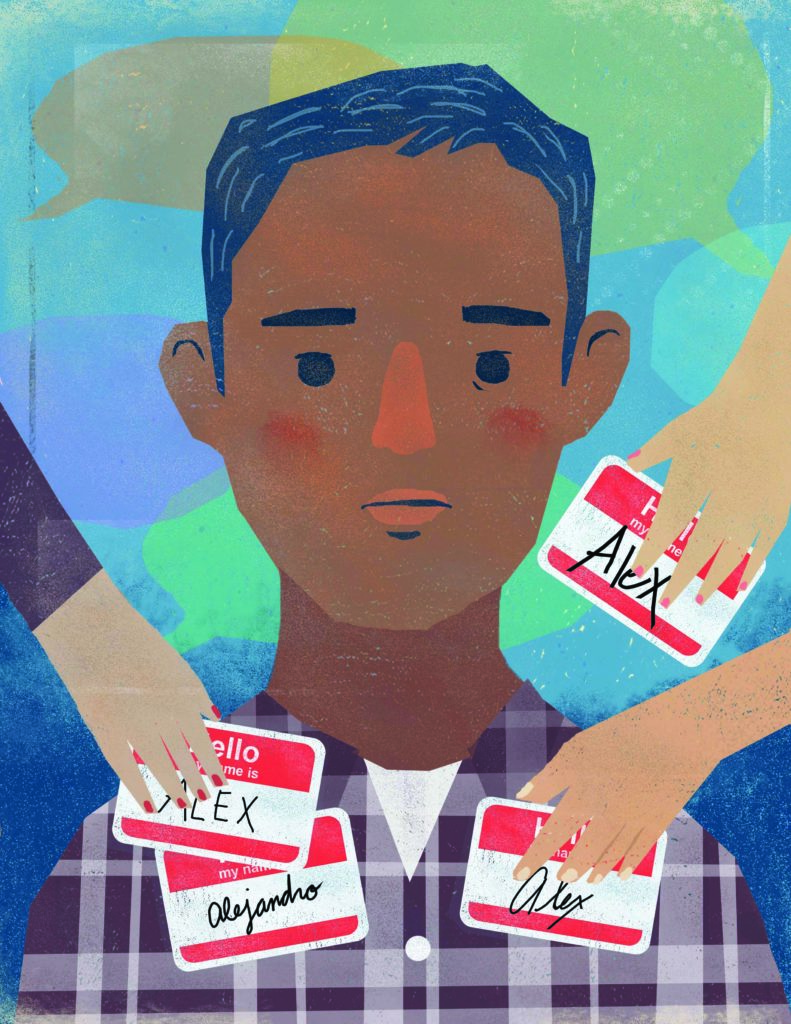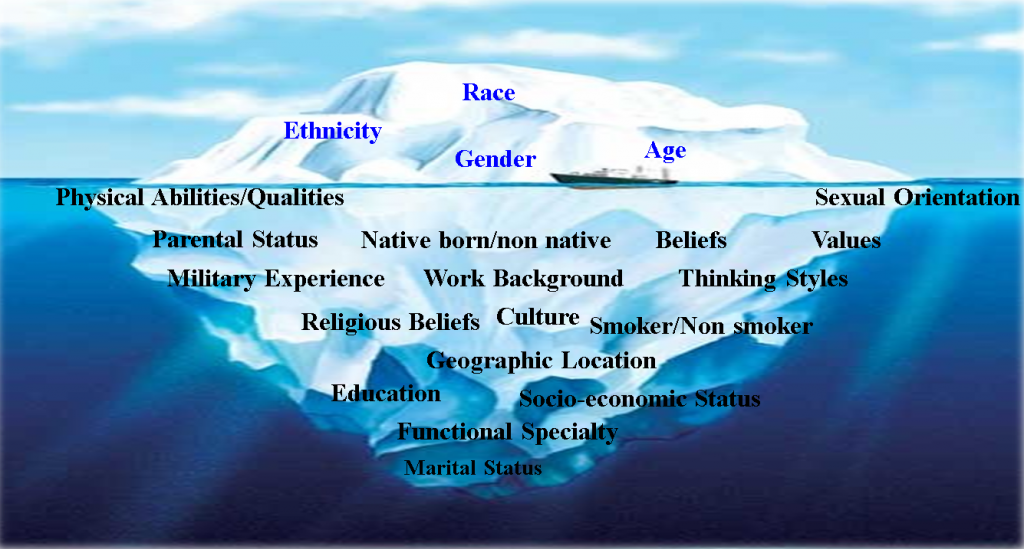
Simone Shin
“Students’ names are the first thing teachers know about the young people who enter our classrooms; they can signal country of origin, gender, language. Students’ names provide the first moment when a teacher can demonstrate their warmth and humanity, their commitment to seeing and welcoming students’ languages and cultures into the classroom.”
Honor Their Names – Rethinking Schools
Mirrors, Windows, Glass Sliding Doors
“Half the curriculum walks in the room with the students, in the textbooks of their lives (Style, 1982). A primary challenge for any classroom teacher is how to effectively tap into this resource, which I call the ‘scholarship in the selves,’ in contrast to the traditional ‘scholarship on the shelves’.”
Style, E. (2014). Curriculum as Encounter: Selves and Shelves. English Journal, 103(5), 67.
“The bridge needs to be broader. School, district, and union leaders need to commit to conversations, professional development, and policies that support culturally responsive and anti-racist teaching. Our schools must commit to richly incorporating immigrant backgrounds and cultures into the overall school culture. All teachers can commit to center equity and anti-racism in the work we do together.
Each time we speak up it gives us the courage to speak again. We need to model for our students how to be allies and work through injustices. Our actions, no matter how small, can have a large impact. I’m thinking about how I can state facts, ask questions, tuck away phrases, and make connections so I won’t be paralyzed in the moment next time.”
What I Wish I Had Said – Rethinking Schools
 Identity Iceberg
Identity Iceberg